Do you want to make your garden a waystation for Monarch butterflies migrating South for the winter? Planting these fall-bloomers will turn your garden into just that! 10. Sedum 'Autumn Joy' (Lobelia cardinalis)Sedums are easy-keepers and produce beautiful star-shaped flowers from mid-summer to well into Fall! The pollinators love them and they add a beautiful splash of color in your garden or yard. One of the most popular varieties, Autumn Joy, says it all! They actually prefer poor, gravelly soil and full sun so they can be a great choice to line your driveway, sidewalk, or place on the South side of your house. 9. Anise Hyssop (Agastache foeniculum)The butterflies and other pollinators absolutely LOVE this care-free perennial. It doesn't attract pests, deer avoid it, and it makes a lovely tea. It's an attractive candidate for the back of the border, herb garden, meadow or mixed native planting. 7. Dense Blazing Star (Liatris spicata)Commonly called Blazing Star or Gay Feather, Liatris is a native perennial that makes a wonderful pitstop for migrating Monarchs and just look at those beautiful, purple blooms! 6. Cardinal Flower (Lobelia cardinalis)Cardinal flower is a great perennial for a butterfly garden with moist soil. Watch hummingbirds flock to this native plant’s sugary blooms. It blooms from May to October in most areas and provides a showy display! It can get up to 6 ft tall so it may not fit every garden or yard. 5. ZinniasZinnias are one of our favorite nectar flowers for many reasons! They have a beautiful, colorful bloom that will give your yard color until October! The butterflies and bees love to pollinate them. Even though they are perennials in most regions, it is easy to collect their seed heads and re-sow next year. They are easy to grow and care for and they make great cutting flowers as well (but leave some for the pollinators)! 4. Black-Eyed Susans (Rudbeckia)Black-eyed Susans create a beautiful fall display and they wear two hats! They are not ONLY a nectar source but also a host source for butterflies! That's a double-win in our book. Black-eyed Susan is a larval host for Silvery Checkerspot (Chlosyne nycteis) and Bordered Patch (Chlosyne lacinia) butterfly caterpillars and adult butterflies. 3. Marigolds (Tagetes spp.)Marigolds are not only a wonderful fall-blooming plant but they are deeply steeped in Mexican tradition and folklore around the Monarchs and the Day of the Dead! Monarchs have long been associated with the Day of the Dead, providing the means for departed souls to return to their families. Legend has it that the souls of the departed travel in the wings of the monarchs, and those wings shed their orange color onto the marigolds. In Aztec folklore, marigolds, called cempasúchil, lead the returning souls both with their color, so bright it lights their way, and their unmistakable, pungent scent. The marigold is a common summer bedding flower that not only provides nectar for monarchs, but also repels undesirable insects from the garden. 3. Coneflowers (Echinacea spp.)This perennial is a must in every garden! In my garden in Nebraska, it blooms well into September and even into early October. The bees and butterflies love it and it's a beautiful, stately flower. It has many medicinal uses and it's easy to transplant! 2. Goldenrod (Solidago spp.)We can't complete our list without the majestic Goldenrod that seems to exemplify autumn. The pollinators absolutely love this perennial and it will bloom well into October in the Midwest! Erect Goldenrod (Solidago rigida) may get up to 5 ft but Showy Goldenrod (Solidago speciosa) can top out at 3 ft so there is a Goldenrod for every garden! To boot, Goldenrod supports more than 100 species of moths and butterflies in their larval stage and is considered a keystone pollinator plant. Goldenrod compliments purple flowers, like the New England Aster. It even inspired this exerpt in Robin Wall Kimmerer's book, Braiding Sweetgrass. “Where the soil is damp enough, they stand side by side with their perfect counterpart, New England Asters. Not the pale domesticates of the perennial border, the weak sauce of lavender or sky blue, but full-on royal purple that would make a violet shrink. The daisylike fringe of purple petals surrounds a disc as bright as the sun at high noon, a golden-orange pool, just a tantalizing shade darker than the surrounding goldenrod. Alone, each is a botanical superlative. Together, the visual effect is stunning. Purple and gold, the heraldic colors of the king and queen of the meadow, a regal procession in complementary colors. I just wanted to know why. In composing a palette, putting them together makes each more vivid; just a touch of one will bring out the other. In an 1890 treatise on color perception, Goethe, who was both a scientist and a poet, wrote that “the colors diametrically opposed to each other . . . are those which reciprocally evoke each other in the eye.” Purple and yellow are a reciprocal pair. Growing together, both receive more pollinator visits than they would if they were growing alone. It’s a testable hypothesis; it’s a question of science, a question of art, and a question of beauty. Why are they beautiful together? It is a phenomenon simultaneously material and spiritual, for which we need all wavelengths, for which we need depth perception. When I stare too long at the world with science eyes, I see an afterimage of traditional knowledge. Might science and traditional knowledge be purple and yellow to one another, might they be goldenrod and asters? We see the world more fully when we use both. The question of goldenrod and asters was of course just emblematic of what I really wanted to know. It was an architecture of relationships, of connections that I yearned to understand. I wanted to see the shimmering threads that hold it all together. And I wanted to know why we love the world, why the most ordinary scrap of meadow can rock us back on our heels in awe.” ― Robin Wall Kimmerer, Braiding Sweetgrass 1. Aromatic Aster (Symphyotrichum oblongifolium)We chose Aromatic Aster as our number one pick because this dainty little flower is a native powerhouse! Asters are a huge family of plants and there are many varieties, so you should be able to find ones to suit your yard. Not only are Asters a great nectar source but they are also host plants to 112 species of Lepidoptera including pearl crescents, northern crescents, tawny crescents, field crescents, silvery checkerspots, brown-hooded owlets, camouflaged loopers, common pugs, and striped garden caterpillars. Additionally, they are another strong source of nectar and pollen for migrating butterflies and fall foraging insects. Other great asters to consider are New England Aster (Symphyotrichum novae-angliae), Prairie Aster (Symphyotrichum turbinellum), Smooth Blue Aster (Symphyotrichum laeve), White Prairie Aster (Symphyotrichum falcatum), Big-leaved Aster (Eurybia macrophylla), and False Aster (Boltonia asteroides). Aromatic Aster will bloom from September into late October. It is a popular plant for full to part sun in dry to average areas with a height of 2’ it would complement your landscape well. ResourcesAromatic Aster
https://www.wildflower.org/plants/result.php?id_plant=syob Anise Hyssop https://www.wildflower.org/plants/result.php?id_plant=AGFO MONARCHS BUTTERFLIES MIGRATE, MARIGOLDS BLOOM: MYTHS, LEGENDS, AND POLITICS OF THE DAY OF THE DEAD https://theeyehuatulco.com/2022/09/26/monarchs-butterflies-migrate-marigolds-bloom-myths-legends-and-politics-of-the-day-of-the-dead/ Black-Eyed Susan https://www.wildflower.org/plants/result.php?id_plant=ruhi2
15 Comments
|
AuthorRebecca Chandler Archives
March 2024
Categories |

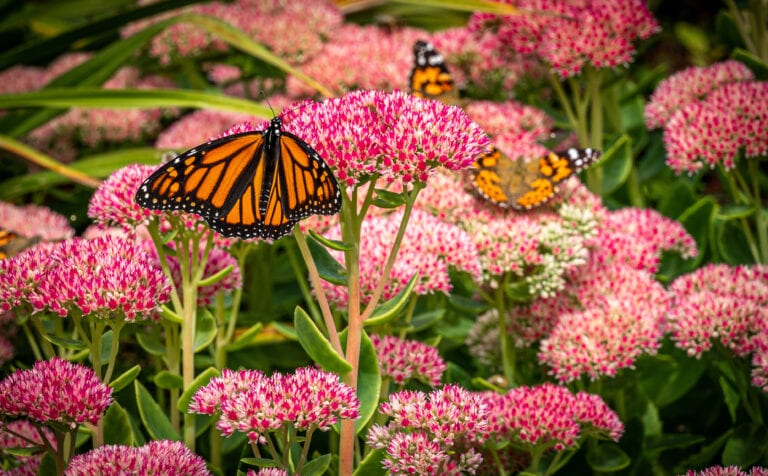
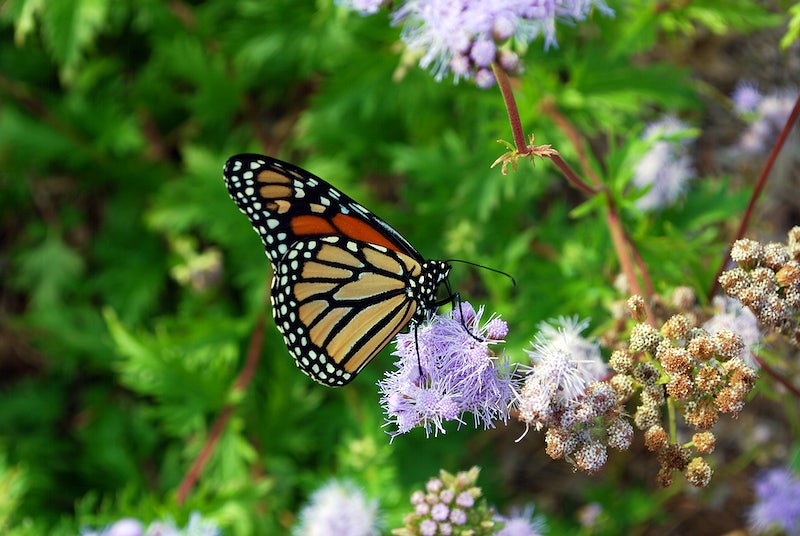
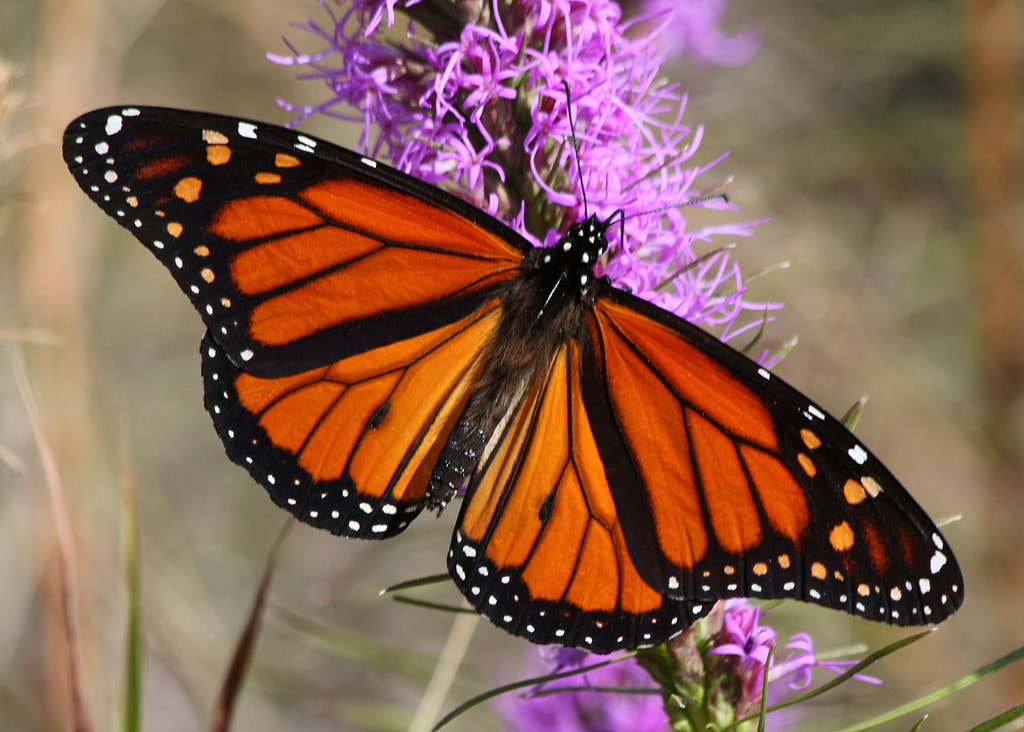
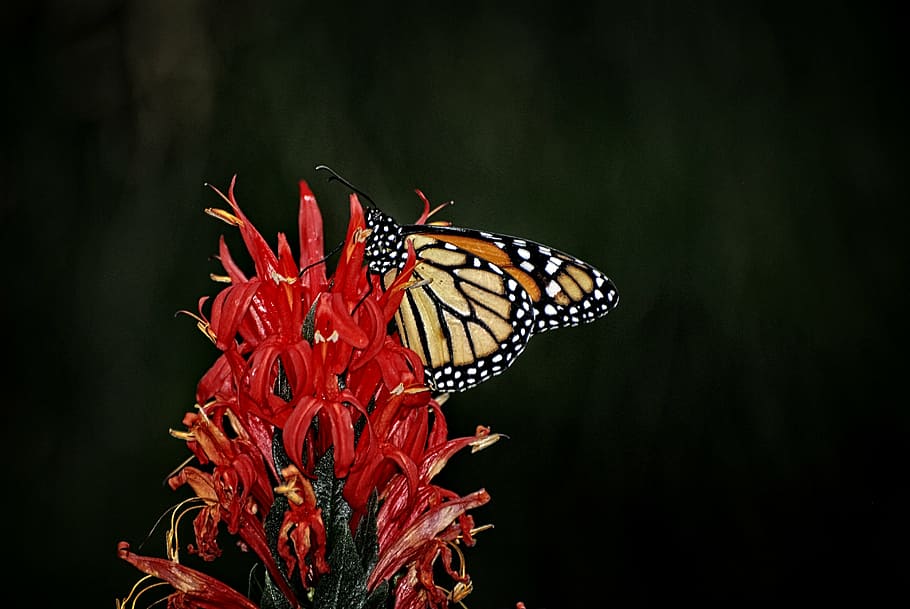
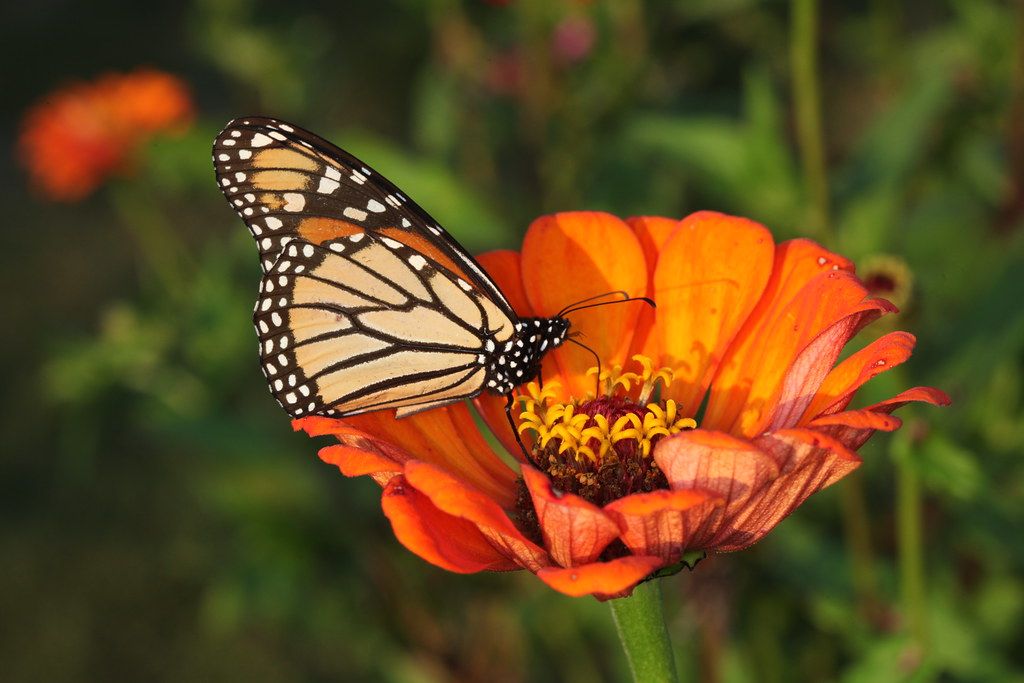
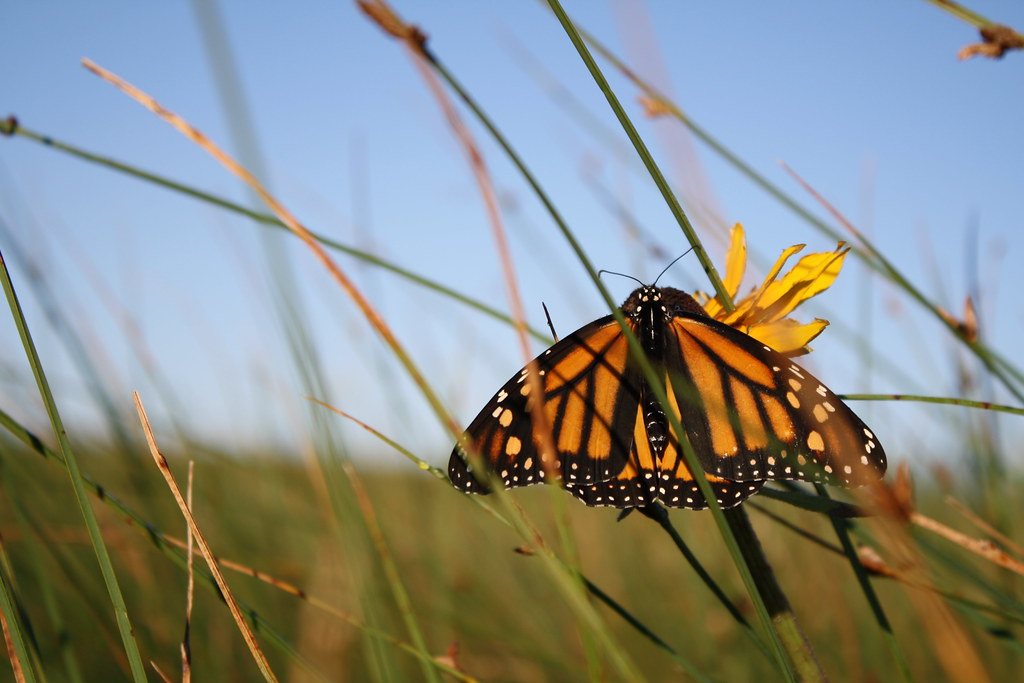
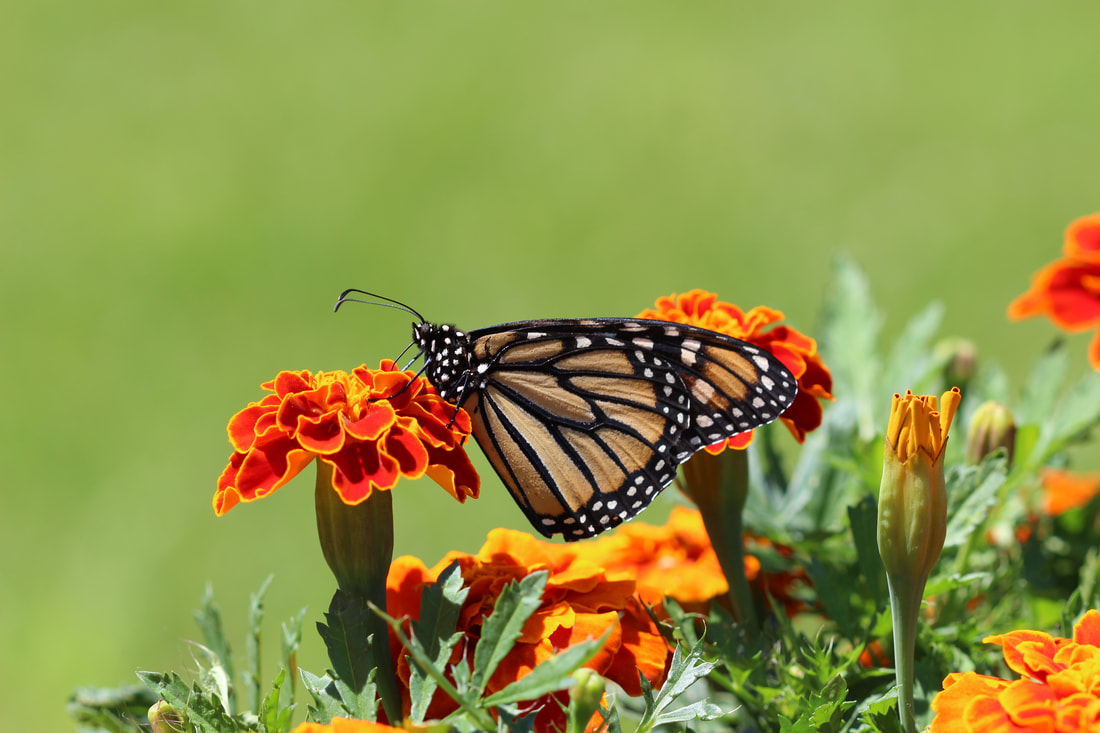
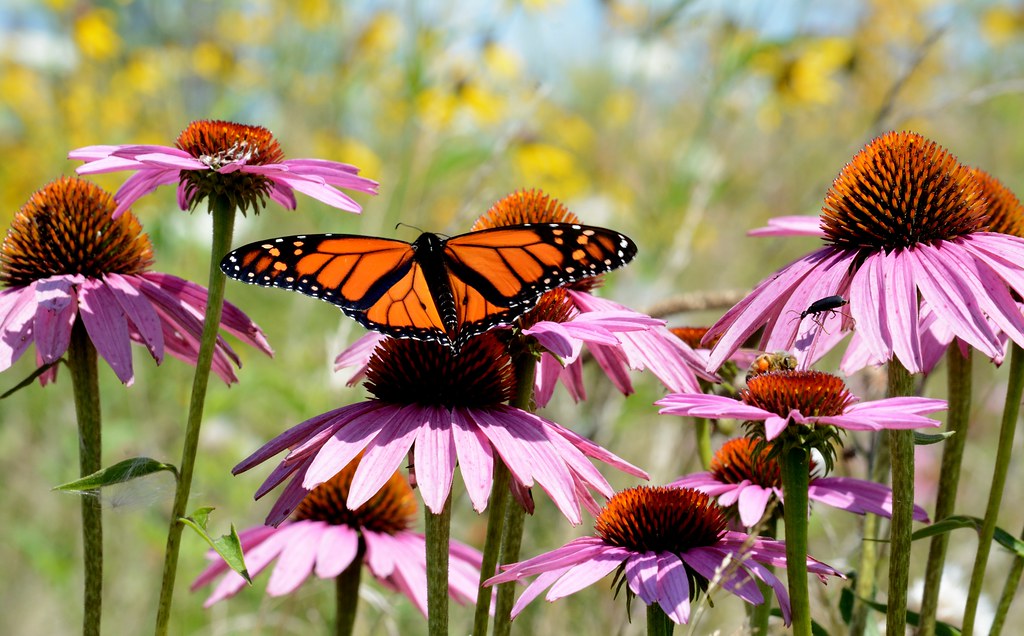
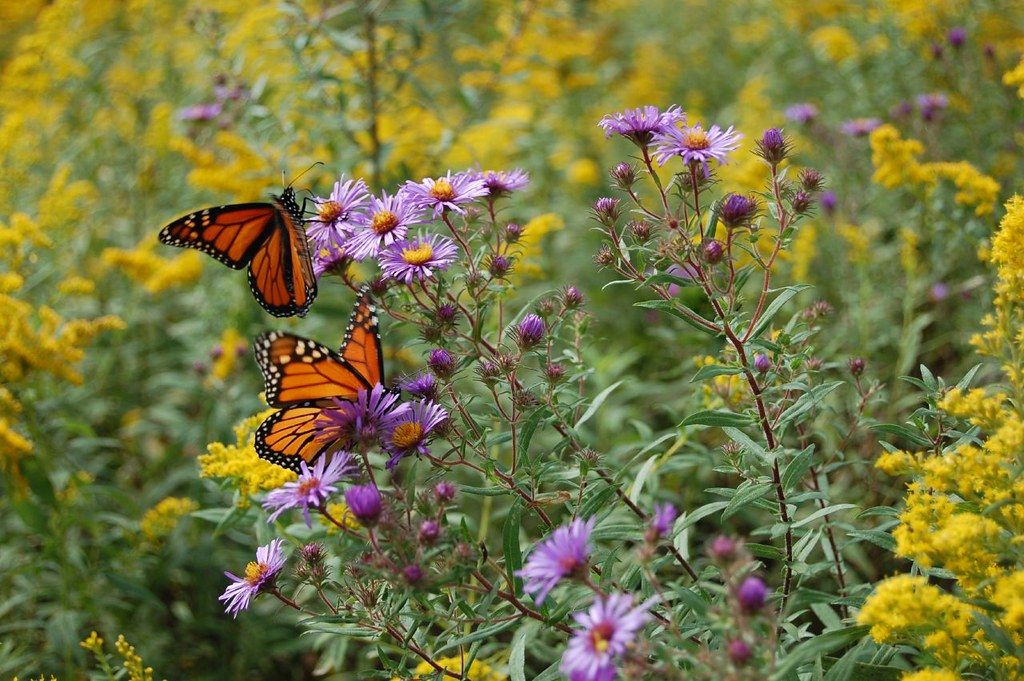
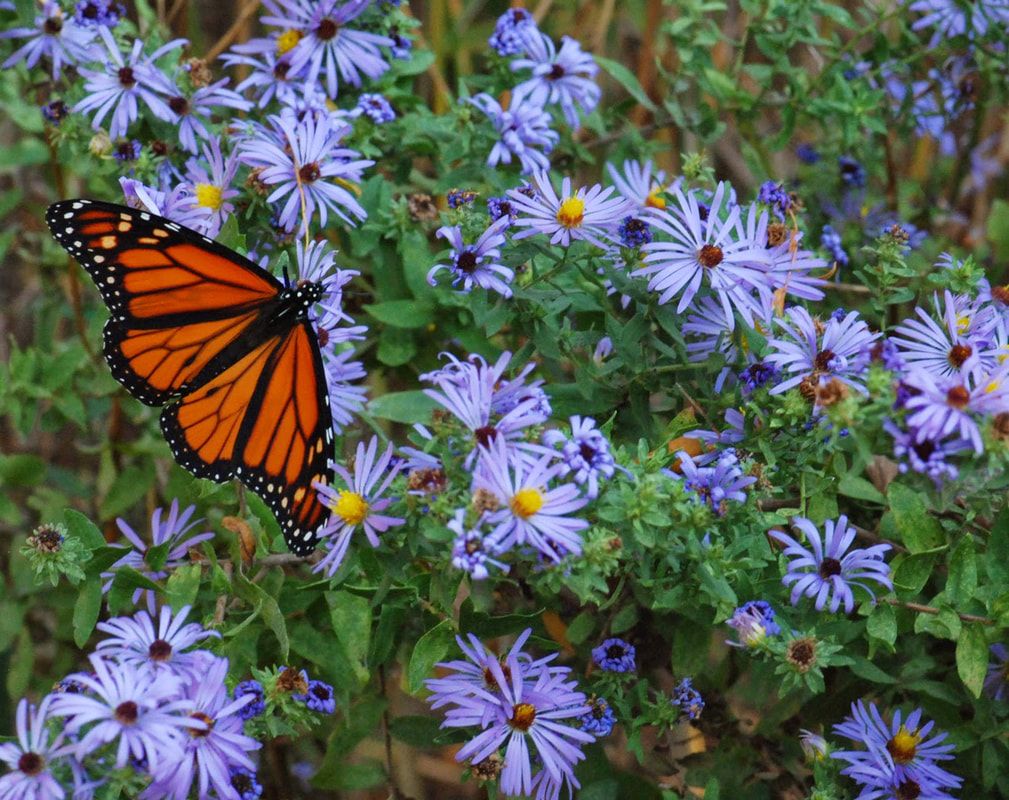
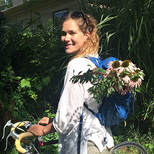
 RSS Feed
RSS Feed